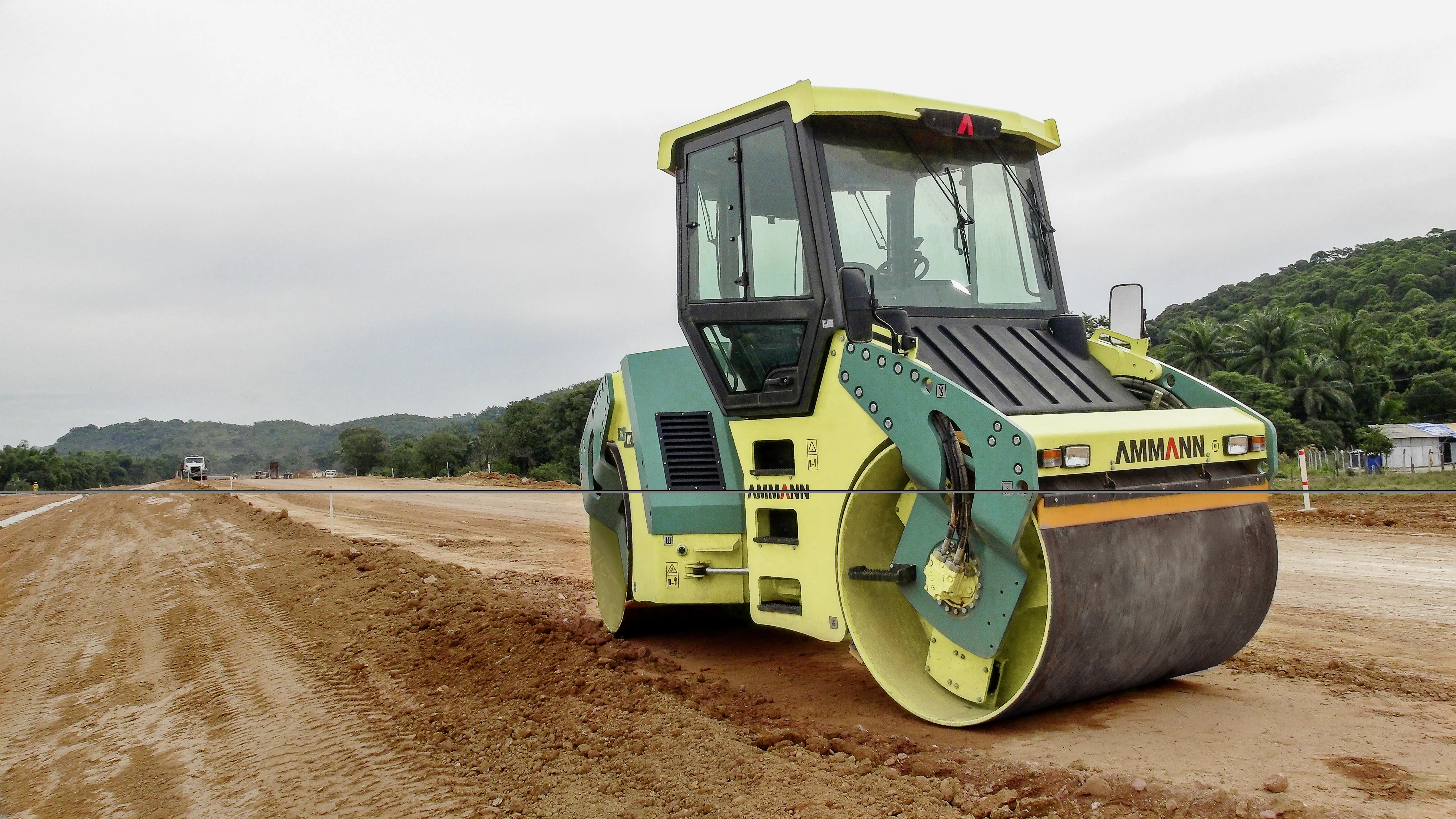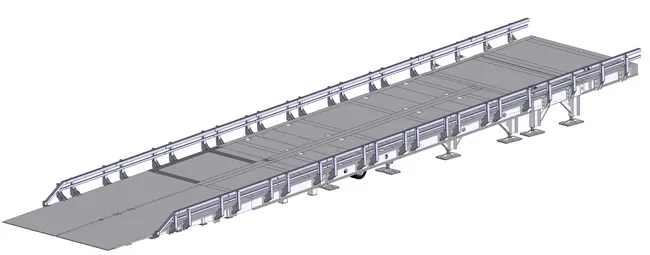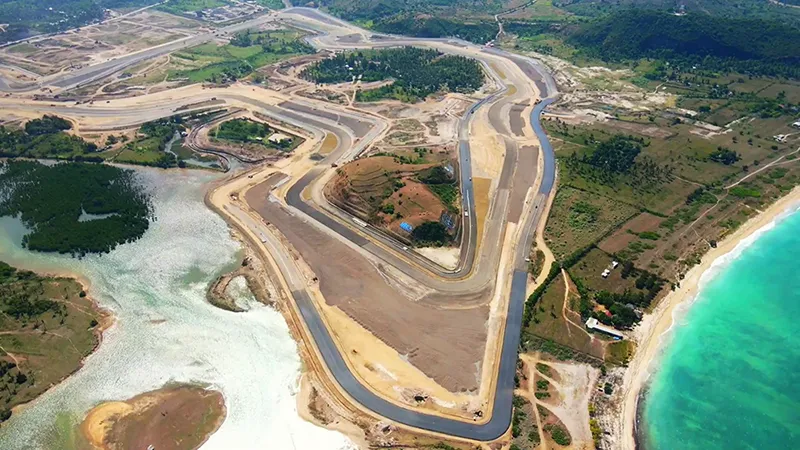
The units are being used by local contractor Spectra Engineers, which is based in Dhaka. The firm has a strong reputation in Bangladesh for quality and is relying on
Spectra is working on two key projects. The first is for the construction of a dyke, with a road being built on top of the structure and this project is essential to the ongoing safety of Chittagong City so as to prevent flooding. The firm is using a number of Ammann ASC 120 soil compactors on the project to help stabilise the structure as it is being built.
The dyke project is important and the residents of the Chittagong District will be safer as building this structure will protect the coastal area from the flooding and water surges that could result from tornadoes and strong winds. As a low-lying country, Bangladesh is vulnerable to flooding, a serious problem that has been exacerbated by global warming and the new dyke will increase safety for the area’s inhabitants.
In addition to the flood protection the dyke provides, a 14.5km four-lane bypass road is being constructed on top of the structure. The road will also help to reduce some of the problems in the area with regard to traffic congestion. However the protection from the dyke is the key to the project and its structure has to be solidly built on a strong foundation so as to withstand any future water surges, as well as to support the road.
The rollers compacting the sand and soil that comprise the dyke are Ammann ASC 120 soil compactors. The rollers vibrate as they move forward and work without vibration when travelling in reverse. A typical pass length is 50m and 10-12 passes are required for the 305mm thickness of material to reach the necessary compaction specification.
“We get the best compaction numbers with the fewer passes with the Ammann soil compactors,” said KK Halder, an engineer with Spectra. “We also like the rollers because of their reliable engines and low fuel consumption.”
Operators liked the good visibility on both sides of the rollers. The supervisors appreciated the product support, including parts availability.
The Ammann AV 110X articulated tandem roller is being used for the critical finish compaction work on the project, which is essential to ensure optimum surface quality as well as long wear life of the running surface. The machine is also said to be delivering high productivity, according to Halder. Its pivot steering feature ensures both front and rear drums rotate at the same speeds, even when working on curves.
“Other key features are excellent visibility to surface and edges of both drums, and a well-arranged dashboard,” Halder said. “There also is a pair of independent pumps for motion and vibration.”
The roller’s manoeuvrability has been essential given the jobsite conditions. “It was challenging because the existing road was two lanes,” Halder said. “While work took place on one lane, traffic passed through the other. Vehicles were passing by around the clock.”









